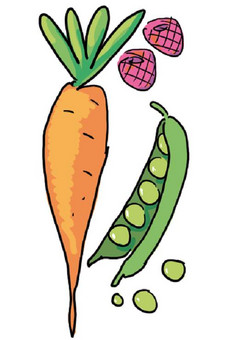Taste
The IDEFICS study collected information on food knowledge, food preferences, sensory taste preferences, sensory taste thresholds, as well as actual food choice of children, to reveal their possible links to overweight/obesity in childhood.
Descriptions of the used methods and main results can be found in following publications:
- Ahrens W, consortium obotI. Sensory taste preferences and taste sensitivity and the association of unhealthy food patterns with overweight and obesity in primary school children in Europe—a synthesis of data from the IDEFICS study. Flavour. 2015;4(8):9.
- Lanfer A, Bammann K, Knof K, Buchecker K, Russo P, Veidebaum T, et al. Predictors and correlates of taste preferences in European children: The IDEFICS study. Food Qual Prefer. 2013;27(2):128-36.
- Reisch LA, Gwozdz W, Barba G, De Henauw S, Lascorz N, Pigeot I. Experimental evidence on the impact of food advertising on children's knowledge about and preferences for healthful food. J Obes. 2013;2013:408582.
- Knof K, Lanfer A, Bildstein MO, Buchecker K, Hilz H. Development of a method to measure sensory perception in children at the European level. Int J Obes (Lond). 2011;35 Suppl 1:S131-S6.
- Lanfer A, Knof K, Barba G, Veidebaum T, Papoutsou S, de Henauw S, et al. Taste preferences in association with dietary habits and weight status in European children: results from the IDEFICS study. Int J Obes (Lond). 2012;36(1):27-34.

